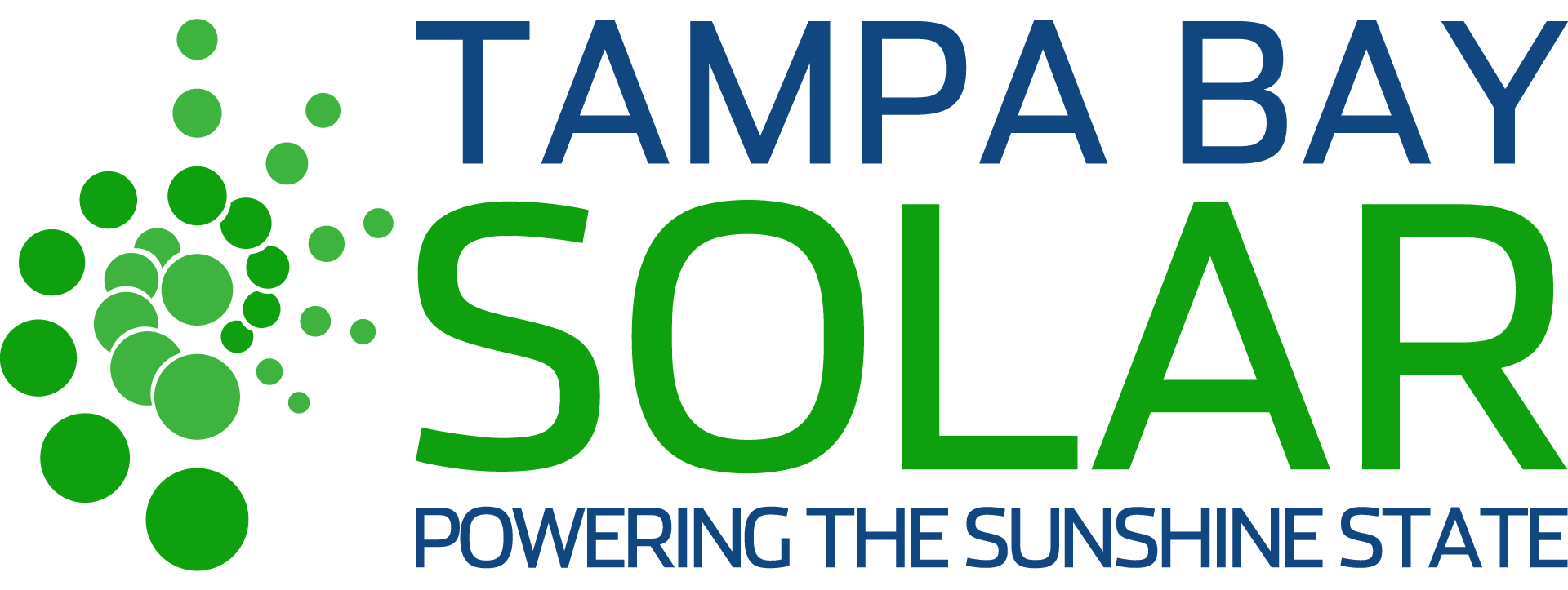Faq's
Got Questions? We’ve Got Answers.
Everything you’ve wanted to ask about solar – right here.
There are 2 types of solar power: thermal solar (which uses the heat from your roof to warm up your pool or fill your hot water tank), and photovoltaic solar (which uses photons from the sun to generate electricity). Below are some of the most frequently asked questions about solar that we hear from homeowners or business owners.
How much does photovoltaic solar cost?
The cost of a solar system depends on two main factors: the size of your roof and your home’s daily energy usage (measured in kilowatt-hours). In Florida, smaller residential systems can start around $8,000 and scale up based on your energy needs and design.
For example, a system that offsets about $110 per month in electricity could be financed for roughly $78 per month at a competitive interest rate—meaning you save from day one. Once your loan is paid off, your power is essentially free while utility rates continue to rise.
Beyond savings, solar also adds value to your home, provides long-term protection from rising energy costs, and gives you greater control over where your power comes from.
How much will photovoltaic solar add to the value of my home?
How does my grid-tied solar array work at night?
What about during a power outage?
Tampa Bay Solar also installs battery back-up systems, which can significantly increase the cost of the install, but does provide energy security like that of a back-up generator without the need to refuel a tank everyday.
Our CEO, Steve Rutherford and Tampa Bay Solar team, has extensive experience with battery back-up systems, not only during his military service but also right here in Tampa Bay. A battery back-up system requires a much greater understanding of the customer’s needs. Tampa Bay Solar works closely with customer’s to understand the need before offering a solution. Make sure to understand the limitations of the system before making the final decision to add a battery system.
What will solar do to my roof?
Our solar pool heating panels are rated to 120 mph. When hurricane Irma hit Tampa Bay in September of 2017 none of our existing installs incurred any damage at all.
Why choose Tampa Bay Solar over other installers in the area?
100% of our installers are Tampa Bay Solar employees, we don’t subcontract work to inexperienced contractors. By keeping our installs in-house, we maintain tighter quality control and get jobs done faster with fewer mistakes.
Many of our specialist electricians and crew leaders have been with us over several hundred installs, and that cumulative experience makes a big difference on the roof.
We’re also fast and responsive in regards to any customer inquiry, whether it’s sales or service of an existing system. You can trust that Tampa Bay Solar is your go-to solar power expert.
What about maintenance on my system?
How about warranty coverage?
Will my homeowners insurance go up?
My HOA is a big pain the neck, how hard is it to get approval?
What about my property taxes?
How long does it take to get my solar installed?
(Some counties has a slower permit process, about 4 weeks, while Hillsborough County does same-day permits. At the time of contract, you’ll receive a timetable based on your county and the size of your system. Larger systems might take 3 to 4 days to install, smaller solar arrays and pool heaters are installed faster. All photovoltaic arrays have to go through county or city inspection, then it takes the local electric utility another 3 to 4 weeks to install the bidirectional meter.
Can I finance my system?
How long does it take to meet with a solar consultant?
We typically sit down with our clients for 20 to 30 minutes to look at their electric bill, answer their questions and formulate a price based on their kilowatt usage. If the appointment takes longer it means you’re asking great questions!
Our approach is to educate our clients about their options, what you do with that information is 100% up to you. We don’t want to twist anyone’s arm to sell anything because intelligent consumers who understand this technology want to buy! Our job is to present your options in a way that you feel 100% comfortable spending your green dollars with our organization.
You might buy from us this week, six months from now, or 2 years in the future. Either way we want to earn your business.
Duke Energy is my electric company, how does that work with solar on my home?
Duke charges a minimal monthly connection fee that all customers have to pay, even if 100% of your energy comes from your solar array.
The bidirectional meter is normally installed a few weeks after the solar array has passed county inspection, in some cases it has taken Duke longer than a month to install the bidirectional meter, but in 2019 they seem to have corrected this issue.
I have TECO, how do they work if I get solar on my home?
Tampa Bay Solar has installed many residential solar arrays in TECO’s local footprint, mostly in the city and Tampa and the surrounding Hillsborough County area.
Like most electric companies in Florida TECO is a net metering utility, which means that TECO customers can bank kilowatts with the utility and use that power at a later date. This is done via a bidirectional meter that is installed by TECO after your rooftop array has been installed and passed county inspection.
TECO charges a $18 monthly connection fee that all customers have to pay, even if 100% of your energy comes from your solar array.
The bidirectional meter is normally installed a few weeks after the solar array has passed county inspection, in some cases it has taken TECO longer than a month to install the bidirectional meter, but in 2019 they seem to have corrected this issue.
How does Withlachoochee River Electric Cooperative (WREC) work with solar on my home?
Tampa Bay Solar has installed many residential solar arrays in the WREC footprint in Pasco, Hernando and Citrus counties.
Like most electric companies in Florida WREC is a net metering utility, which means that WREC customers can bank kilowatts with the utility and use that power at a later date. This is done via a bidirectional meter that is installed by WREC after your rooftop array has been installed and passed county inspection.
WREC charges a $32 monthly connection fee that all customers have to pay, even if 100% of your energy comes from your solar array.
The bidirectional meter is normally installed a few weeks after the solar array has passed county inspection, in some cases it has taken WREC longer than a month to install the bidirectional meter, but in 2019 they seem to have corrected this issue.
I live in Lakeland Electric’s footprint, how does solar work for me?
How much do solar pool heaters cost?
How does the Federal Tax Credit on solar work?
Still Have Questions? Get In Touch!
The Right Solar Partner Starts with a Conversation
Going solar is a big step—we’re here to make it simple, personal, and built around your goals.

